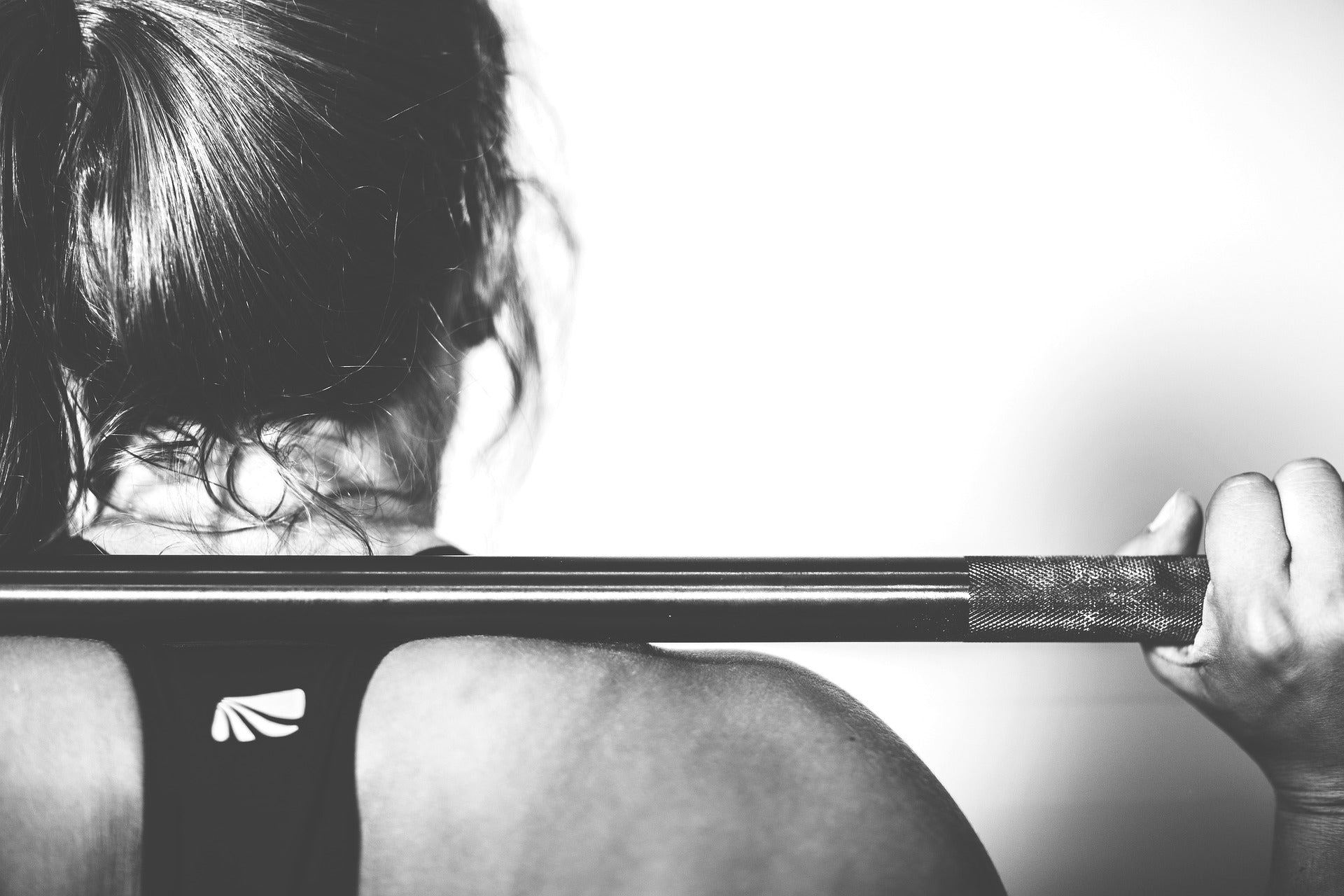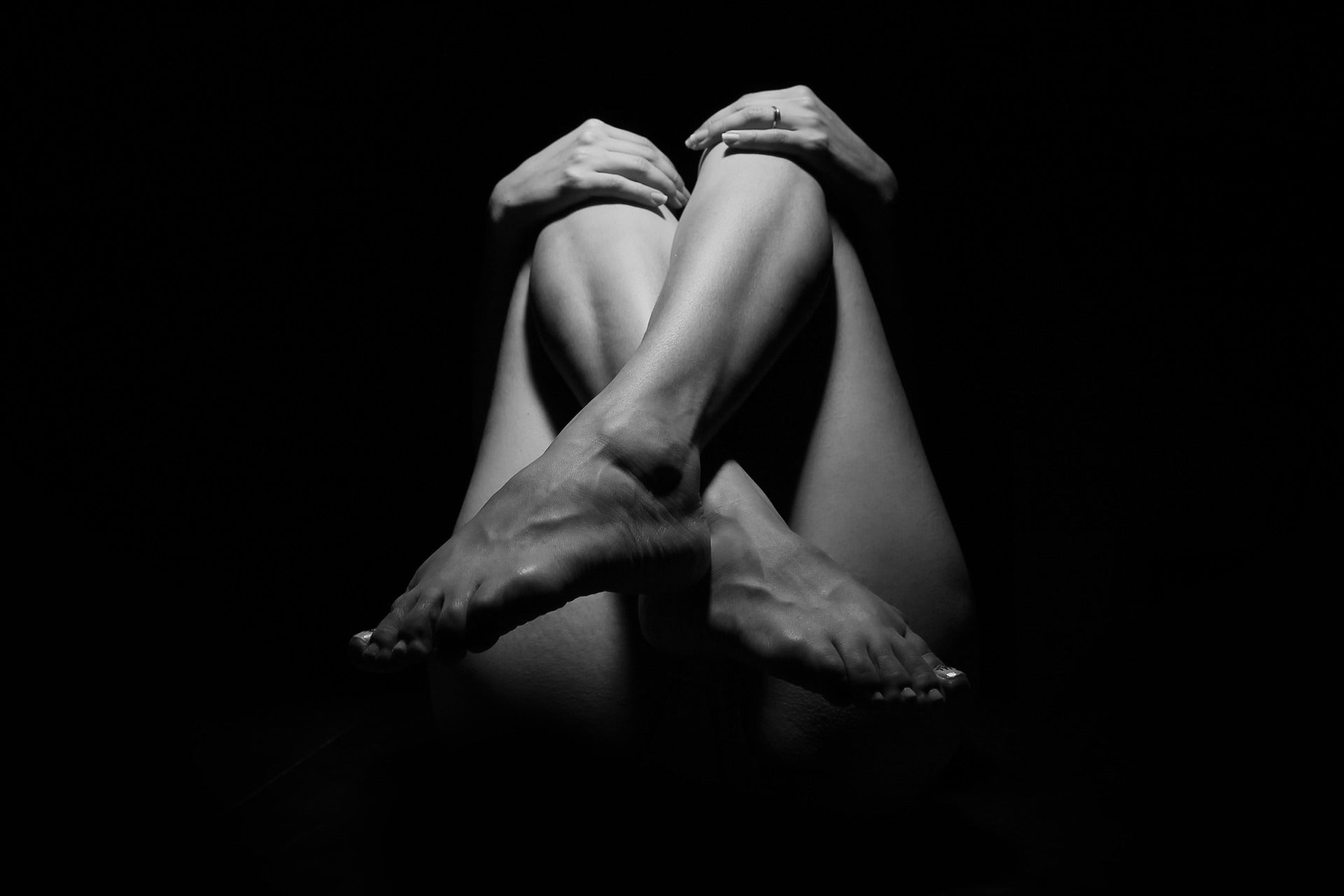
Breaking Down Barriers: The Rise of Female Bodybuilders
Bodybuilding is a sport with a long history, which has more recently developed into a fitness category all its own. While the main goal is to increase muscle mass and strength through weight lifting, there is a simultaneous emphasis on health, discipline, and feeling good about the way you look.
While bodybuilding has long been a male-dominated sport, women have made impressive strides in the field as well, and female competitive lifting deserves attention and respect on its own. So what is the history of bodybuilding, and how did women’s presence in the sport get off the ground?
The Origins of Bodybuilding
Ancient Greece can be seen as the origin of what we now know as bodybuilding. Greek athletes were especially celebrated for their muscular, graceful physiques, as immortalized in marble. The athlete's muscle mass was seen as on-par with athletic ability in importance, and this interest in bulking up as a form of beauty paved the way for later developments in sports.
The man that we can thank for the modern sport is Eugen Sandow, a German powerlifter who impressed audiences with his physique, muscle mass, and remarkable strength in the late 1800s. Sandow took his professional and aesthetic inspiration from ancient Greece and wrote extensively on health and fitness. Arnold Schwerzenegger became one of the next great legends of the sport, growing his career in the 1960s and 70s before moving on to film.
So does this mean that competitive lifting and muscle gain are only for men? While this sporting category has been spearheaded by men for decades, female bodybuilders have worked hard to compete and win the recognition, attention, and support that they deserve.
Women Break into the Sport
Starting in the late 1970s, females began to work on muscle mass and weight lifting in competition with one another. This was seen as a novelty at the time, and for a while, women in the sport were not taken seriously.
At the time, muscular women were not seen as attractive, and women in the early days of the sport faced sexism, dismissal, and objectification on the road to recognition. But the movement grew; encouraged by the fairly novel social ideals of women being strong, independent, and just as good as men at a wide range of activities. If a woman could vote, fight, work, write, and protest, why couldn’t a woman power lift, too?
Rachel McLish was one of the pioneers of the early female powerlifting movement. In 1980, she won the first Ms. Olympia championships, launching a successful media career and generating wider public interest in and support for the sport. Carla Dunlap was another early pioneer, and the sport slowly gained acceptance through the 1990s, especially in light of the increasingly popular pro wrestling circuit.
Recent names in the sport include Dayana Cadeau, Andrea Shaw, Iris Kyle, Yaxeni Oriquen-Garcia, and Helle Travino. Proving that a woman can be beautiful, confident, and incredibly physically powerful all at once, these female athletes keep an interest in the sport high, even as newcomers make their mark.
Today, female weight-lifting is a recognized and far better-respected sport, and women have a wide range of options available when it comes to feminine and practical workout clothing. Everything from hoodies to barbels is available with women in mind.
So what kind of clothing does a female lifter need? Here at Fedy Apparel, we’ve got you covered. Here are some answers to commonly asked questions, as well as some tips to help get your wardrobe started.
Common Bodybuilding Clothing Questions
Q: What makes bodybuilding clothing different from regular workout clothing?
A: This category of performance clothing has features such as a tapered fit, extra room for shoulder and arm movement, and moisture-wicking fabric to keep athletes comfortable and dry during workouts. It often features designs that accentuate muscles and physique.
Q: Do I need to wear special clothing to get results from my workouts?
A: While it’s not necessary to wear specialized clothing when you work out, these garments can provide you with the range of motion, comfort, and support that make working out easier, and make injuries less likely.
Q: What should I wear for competitions?
A: Official lifting competitions have specific dress codes that vary depending on the organization and division. Generally, competitors wear flattering trunks or bikinis, along with grippy shoes and accessories such as a weightlifting belt, wrist wraps, and knee wraps. It's important to research the specific dress code for the competition you plan to enter and follow it accordingly.
Q: How do I know what size to buy?
A: Most clothing brands have size charts that provide measurements for different body types. To ensure the best fit, take accurate measurements of your chest, waist, hips, and inseam, and compare them to the size chart provided by the brand. If you are between sizes, it's usually best to go with the larger size to ensure a comfortable and functional fit.
Q: Are these clothes only for men?
A: No, powerlifting clothing is available for both men and women. Many brands offer a wide range of sizes and styles specifically designed for women, including sports bras, leggings, and tank tops that are both functional and beautiful.
Q: Can I wear these items outside of the gym?
A: Yes, our fitness wear clothing can be worn outside of the gym as casual apparel. Many brands offer stylish and comfortable clothing that can be worn for everyday activities such as running errands, meeting friends, or lounging at home. Check out our guide to modest workout clothes.
Q: How do I care for my wardrobe?
A: To prolong the life of your clothing, it's important to follow the care instructions provided by the manufacturer. Generally, you should wash your clothes in cold water and hang them to dry to prevent shrinkage and damage to the fabric. Avoid using fabric softeners or bleach, as they can damage the moisture-wicking properties of the fabric.
Finding the Right Clothes
So what clothes should you look for as you start your weightlifting and fitness journey? Let’s start you off by introducing you to the basics of every woman’s closet or gym bag.
Tapered fit shirts: Shirts that are tapered to fit the body can accentuate your physique. Look for garments with stretchy fabric that can accommodate the shoulders and arms, while still providing a snug fit around the waist.
Sleeveless washed hoodies: Sleeveless hoodies are a popular choice, as they allow for a full range of motion in the arms and shoulders. They also provide an opportunity to show off the muscles in the arms and back. Fedys Apparel has a wide range of well-made, feminine hoodies
Compression shorts: Compression shorts can help to support the muscles and prevent chafing and discomfort during workouts. Look for shorts with cooling fabric to keep you comfortable and dry while working out.
Gym Shorts: Mesh Shorts are a great option that can provide both support and style. Look for shorts with a high waistband to provide coverage and support for the core, and stretchy fabric that can accommodate muscular thighs and calves.
Lifting-friendly shoes: Proper footwear is important to ensure stability and support during lifting exercises. These shoes are designed with a raised, grippy sole and heel to help maintain proper form and reduce the risk of injury.
Sports bras: Sports bras are an essential piece of workout clothing. Look for bras with a high level of support and stretchy fabric to keep you comfortable. Durability is also key here. Go for quality over value to get the most out of your sports bras.
Joggers: Joggers are a great option for athletes looking for comfortable and stylish pants. Go for joggers with a tapered fit and stretchy fabric that can accommodate muscular thighs and calves.
Women in Fitness
The history of females in bodybuilding may be fairly recent, but it’s a sports category that continues to grow and attract new generations of athletes. The focus on independence, strength, and new conceptions of beauty continue to attract women who seek to do their best and look beautiful while getting in shape.
You’ll want to invest in high-quality, stretchy, cooling fabrics and clothing as you work out, and be sure your clothing accommodates growing muscles and allows for comfortable movement. Fedy Apparel’s leggings and sleeveless hoodies can all go a long way in keeping you comfy without compromising style and functionality.





Leave a comment
This site is protected by hCaptcha and the hCaptcha Privacy Policy and Terms of Service apply.